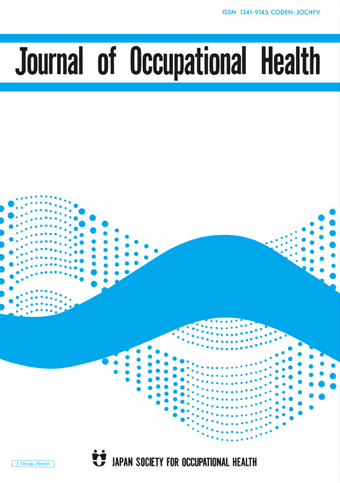Who’s at the Receiving End of Workplace Bullying Due to the COVID-19 Pandemic?
Workplace bullying is a serious and unfortunately common problem in the workplace that affects both the physical and mental health of workers. In 2020, during the early stages of the COVID-19 pandemic, experts reported a worrying number of cases of workplace bullying targeted at specific subgroups of the population throughout the world, including Asians, immigrants, and healthcare workers. Not many studies, however, had thoroughly analyzed the prevalence of COVID-19-related bullying and which groups of people were more vulnerable as the pandemic progressed.
In Japan in particular, a study on COVID-19-related workplace bullying was conducted during mid-March 2020. This was before the first huge COVID-19 outbreak, which occurred in April 2020. Thus, the real impact of the pandemic on workplace bullying remained unknown. Now, in this recently published article, a team of researchers from The University of Tokyo, Japan, have filled this knowledge gap.
The team conducted a survey of 4,120 full-time workers in March 2020 and invited them to participate in a follow-up survey two months later in May 2020. They analyzed data from 996 participants who answered both surveys to uncover the prevalence and details of COVID-19-related bullying, looking for potential factors that were statistically associated with it.
The results showed that COVID-19-related bullying was over twice as common in May 2020 than in March 2020 (2.8% versus 6.5%), revealing a marked increase. Moreover, the researchers identified three factors that made it more likely to be the target of bullying: being a manual worker, having a chronic physical comorbidity (such as diabetes, stroke, or cancer) and having a higher education. The first two factors, the team argues, might be explained as cases of victimization. On the one hand, workers of lower socioeconomic status might feel bullied more easily as a side effect of job dissatisfaction. On the other hand, those with a chronic physical comorbidity might feel bullied due to being either excessively or insufficiently cared for by their employers or co-workers. Finally, those with a higher education may have been the target of bullying since their work environment is more likely to be aware, and possibly even paranoid, of the steady progress of the pandemic during 2020.
Overall, this study contributes to the general understanding of how pandemics like COVID-19 can become an excuse for workplace bullying and which groups of people are the most vulnerable to it. The findings will hopefully pave the way to interventions and effective strategies to prevent such problems.
Link to the original journal article:
https://doi.org/10.1539/eohp.2021-0006-OA
Increased COVID-19-related workplace bullying during its outbreak: a 2-month prospective cohort study of full-time employees in Japan
Mako Iida, Natsu Sasaki, Reiko Kuroda, Kanami Tsuno, and Norito Kawakami
Here are some ways you can make it easier for your plain-language summary to be discovered once it has been published:
- Upload the summary on your personal, lab/research group, or university website.
- Share the published content with peers and colleagues through your personal social media accounts (Facebook, Twitter, Blogs, and LinkedIn). Link this back to the journal’s social media promotions for your paper.
- Include the link to the published post in your email signature line.
News & Announcement
-
Mar 14, 2025EOH-P has been listed on PMC/PubMed!The articles published in EOH-P have been registered with PMC/PubMed, the U.S. Nation...
-
Jun 11, 2021Lay Summary page open!Lay Summary page provides you article summaries in order of study categories. You can...
-
Oct 1, 2019EOH-P is now released!The Environmental and Occupational Health Practice (EOH-P) has been released. Please ...
Journal Info
Average 46.14 days from submission to first decision
Average 120.95 days from submission to acceptance







